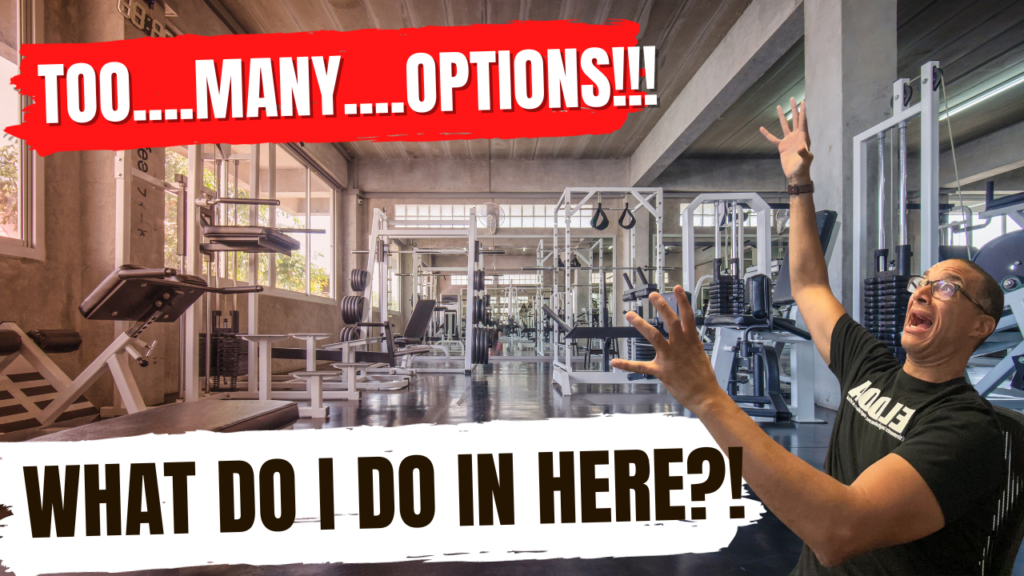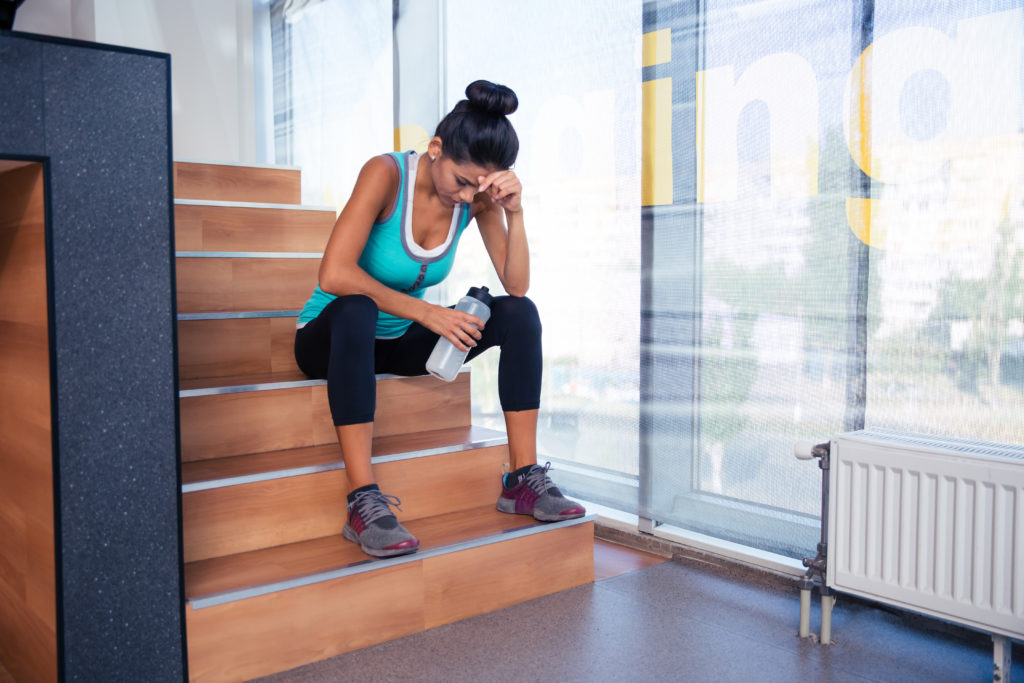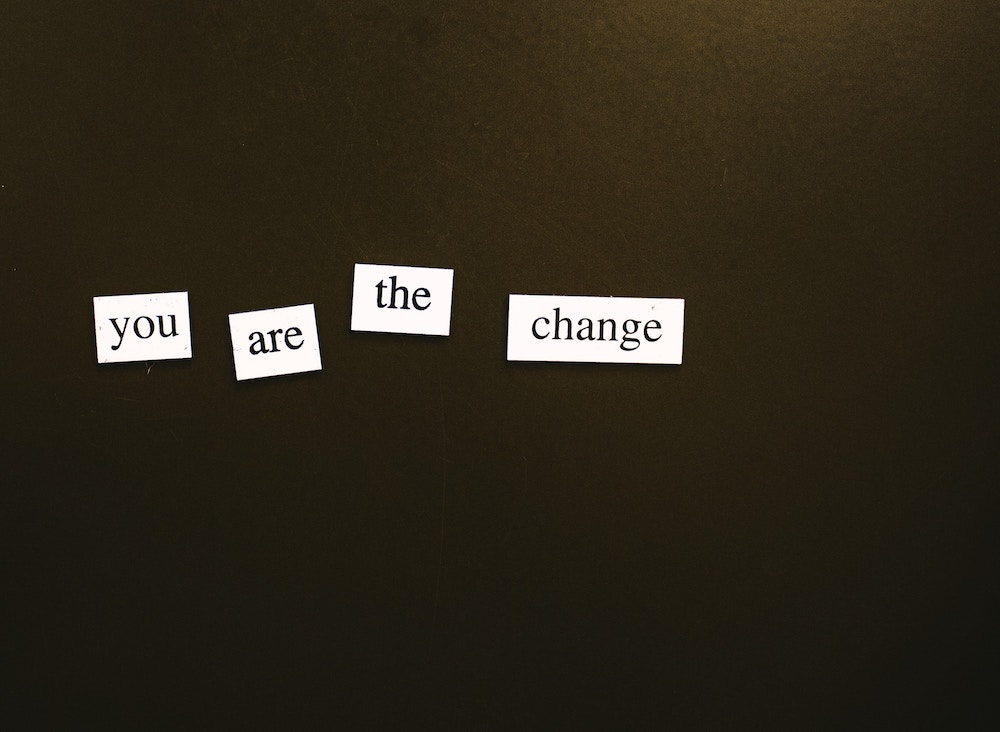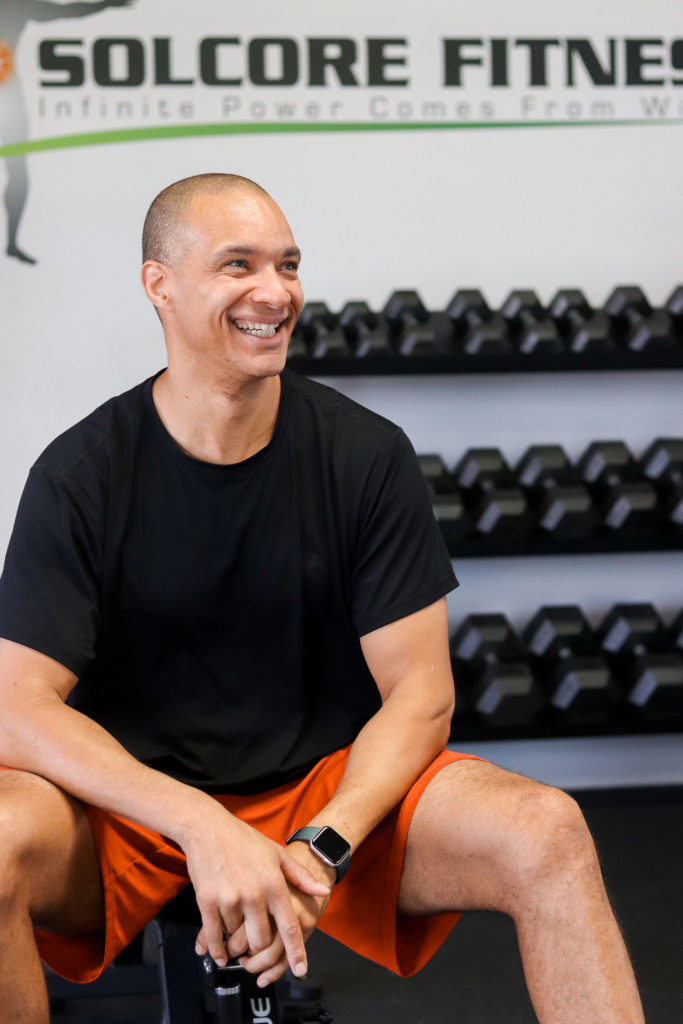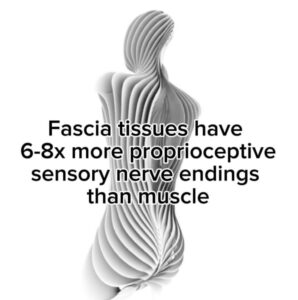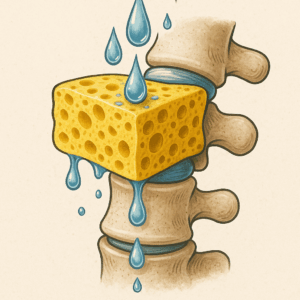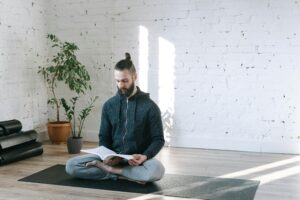
Change can be hard. We’ve all tried to fight one change or another, right?
But it doesn’t always have to be an uphill battle. In fact – here’s a big secret – change can be your greatest ally if you take the right mindset about it.
✅ 𝐿𝑒𝑎𝑛 𝑖𝑛𝑡𝑜 𝑖𝑡. 𝐼𝑡 𝑚𝑖𝑔ℎ𝑡 𝑓𝑒𝑒𝑙 𝑎 𝑙𝑖𝑡𝑡𝑙𝑒 𝑎𝑤𝑘𝑤𝑎𝑟𝑑, 𝑏𝑢𝑡 𝑦𝑜𝑢’𝑙𝑙 𝑔𝑒𝑡 𝑠𝑡𝑟𝑜𝑛𝑔𝑒𝑟 𝑡ℎ𝑒 𝑚𝑜𝑟𝑒 𝑦𝑜𝑢 𝑡𝑟𝑦 𝑖𝑡.
✅ 𝐴𝑐𝑐𝑒𝑝𝑡 𝑖𝑡. 𝑌𝑜𝑢 𝑐𝑎𝑛’𝑡 𝑐ℎ𝑎𝑛𝑔𝑒 𝑡ℎ𝑖𝑠 𝑎𝑛𝑦𝑚𝑜𝑟𝑒 𝑡ℎ𝑎𝑛 𝑦𝑜𝑢 𝑐𝑎𝑛 𝑠𝑡𝑜𝑝 𝑎 𝑟𝑎𝑖𝑛𝑠𝑡𝑜𝑟𝑚 𝑜𝑛 𝑦𝑜𝑢𝑟 𝑣𝑎𝑐𝑎𝑡𝑖𝑜𝑛.
✅ 𝐸𝑚𝑏𝑟𝑎𝑐𝑒 𝑖𝑡. 𝑇ℎ𝑖𝑠 𝑖𝑠 𝑙𝑖𝑘𝑒 𝑢𝑛𝑙𝑜𝑐𝑘𝑖𝑛𝑔 𝑎 ℎ𝑖𝑑𝑑𝑒𝑛 𝑝𝑜𝑤𝑒𝑟, 𝑡𝑢𝑟𝑛𝑖𝑛𝑔 𝑡ℎ𝑒 𝑐ℎ𝑎𝑛𝑔𝑒 𝑖𝑛𝑡𝑜 𝑎𝑛 𝑎𝑑𝑣𝑎𝑛𝑡𝑎𝑔𝑒 𝑟𝑎𝑡ℎ𝑒𝑟 𝑡ℎ𝑎𝑛 𝑎 𝑠𝑡𝑢𝑚𝑏𝑙𝑖𝑛𝑔 𝑏𝑙𝑜𝑐𝑘.
Now, doing the opposite of what feels “natural” can feel … well, unnatural right? It feels uncomfortable. But that feeling will pass – while your progress can be here to stay.
Imagine your child switching schools, requiring an earlier wake-up time. How would you handle it?
❌ Write an angry letter to the school board saying you’re not going to do it? Nah.
❌ Tell your 6-year-old she’s on her own from now on? Definitely not.
✅ Realize this will give you 30 extra minutes of “me” time each morning to exercise? Yes!
I know it’s a simplified example, but the point hits home. Life happens – change is a constant companion. And you can’t dodge every change that comes your way, nor should you want to.
When you’re the one initiating a change, remember your desire for something new is stronger than the urge to dig in your heels. And that’s enough to tip the scales in your favor to adjust your mindset and take the next right step.👍🏽
Embracing change isn’t just about a mental shift; it’s about action, too. So, when change knocks, open the door and say, “Yes.”
And if you’re still not thrilled? No worries.
It’ll change again, anyway!🤪
it’s not just working out, it’s building a foundation for a better life.
Find out more @

